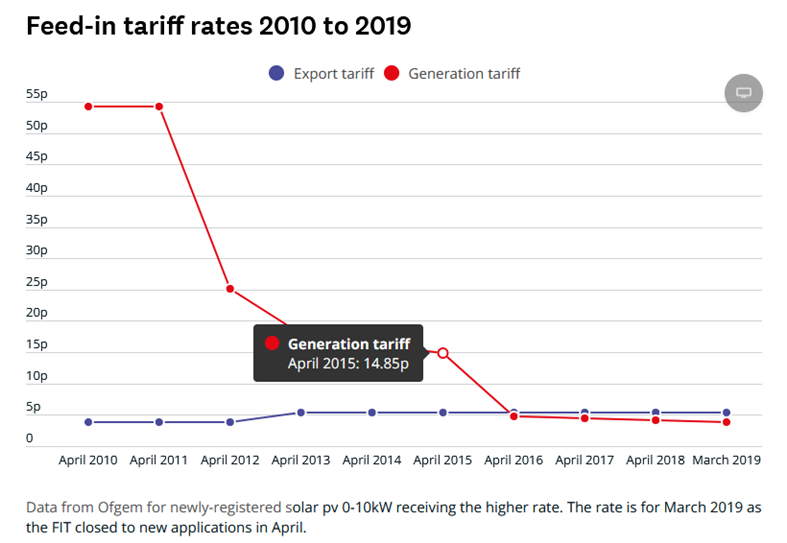I have a solar installation comprising 17 panels dating from 2010. 8 panels have been temporarily disconnected prior to roof work that will take 4 months. The panels will be reconnected once the work is complete.
Do I have to notify the FIT scheme of the disconnection and subsequent reconnection?

